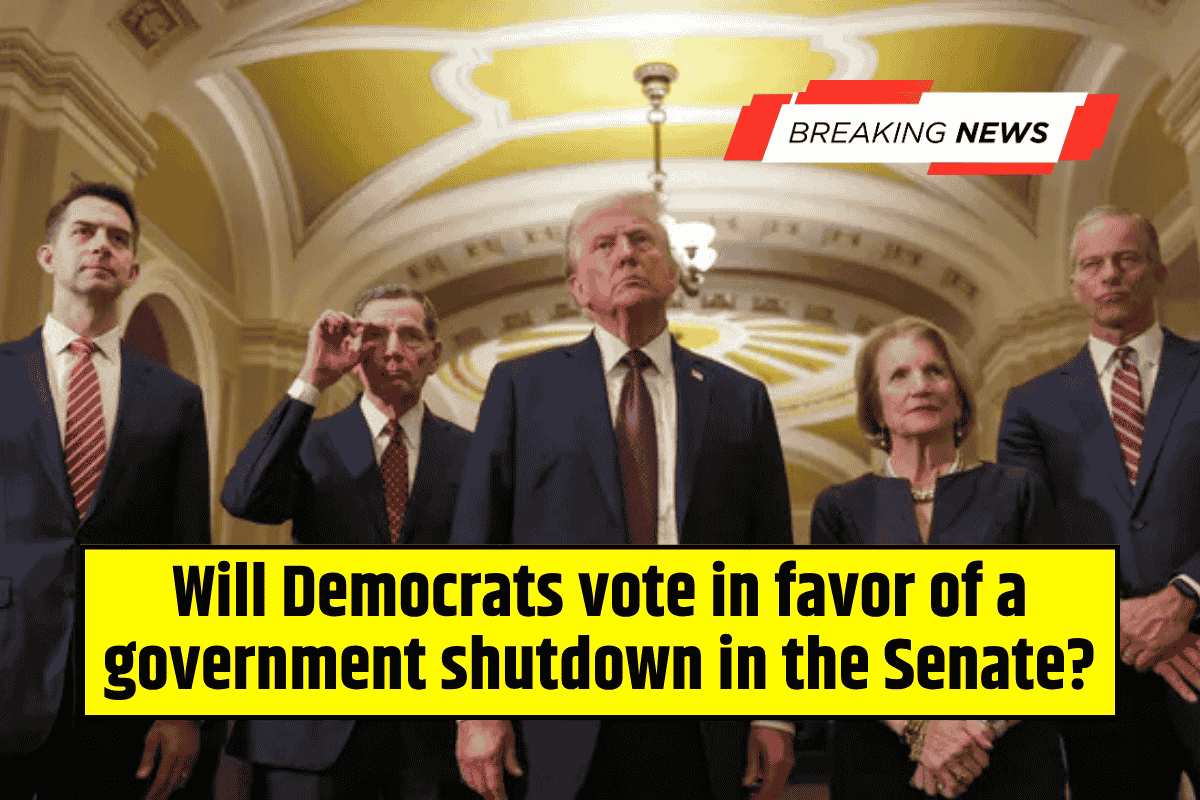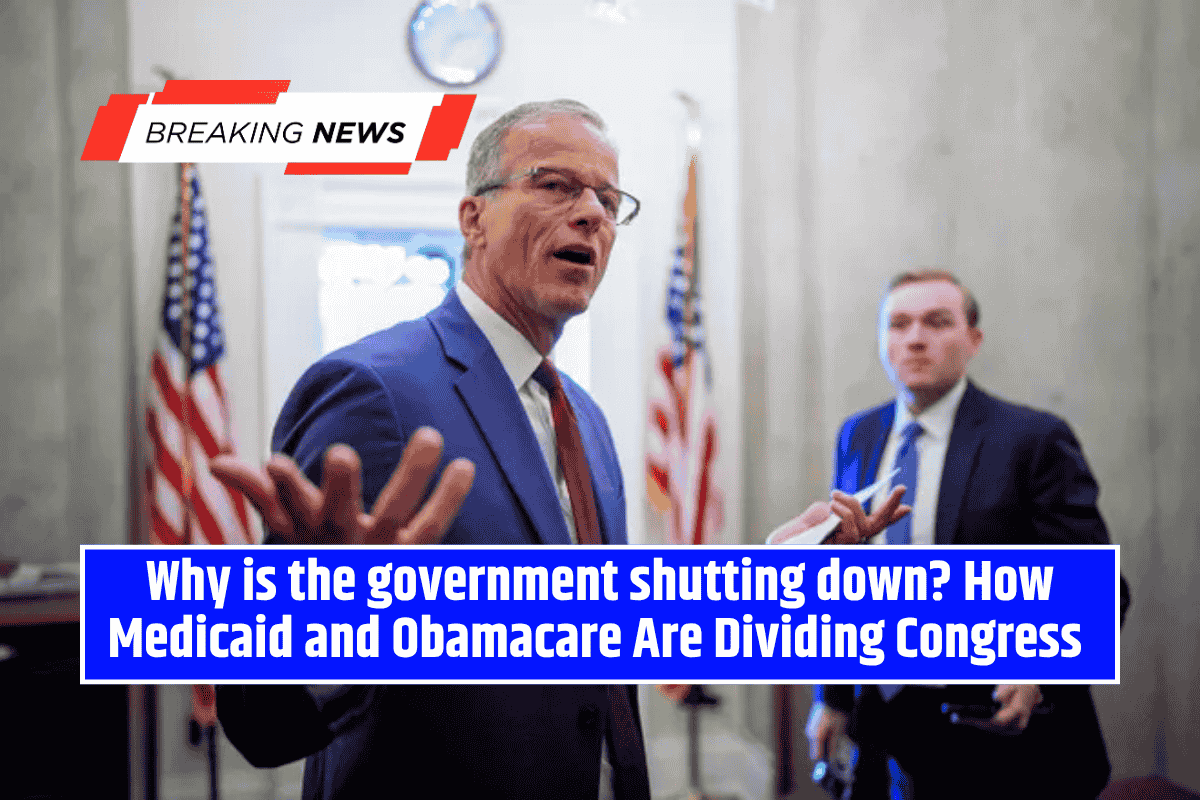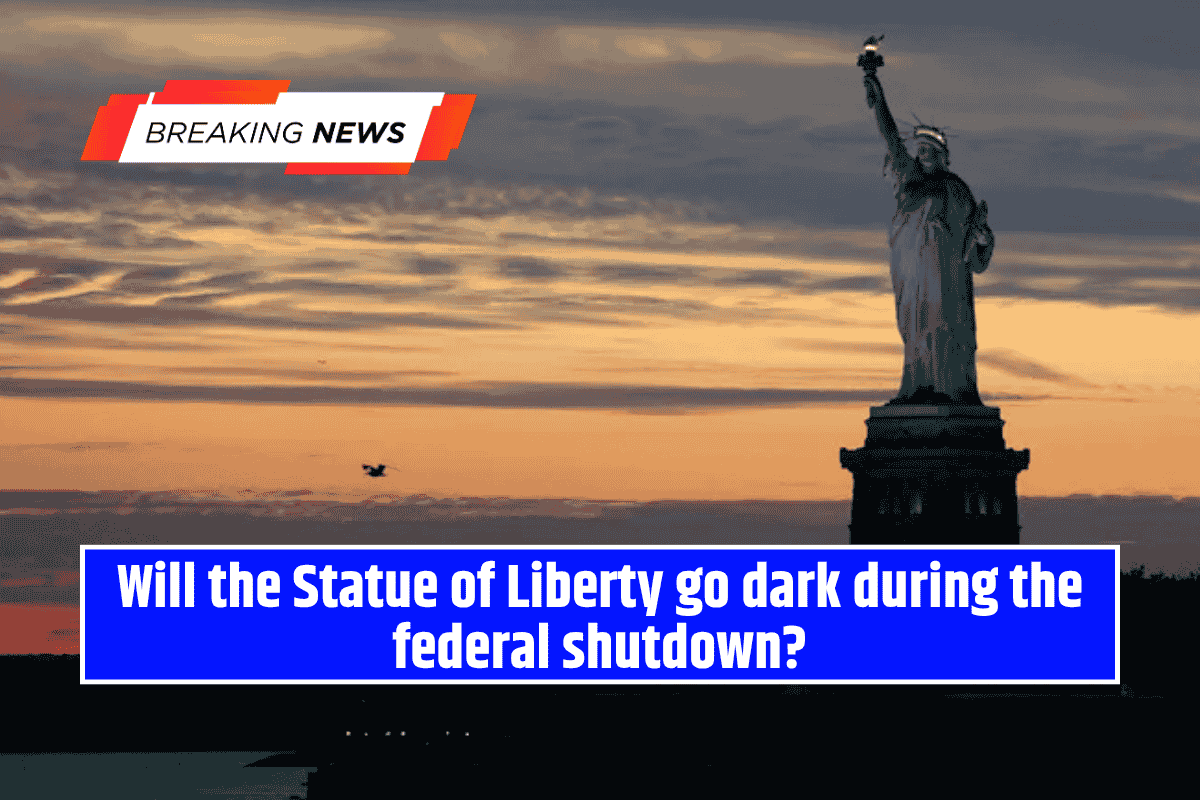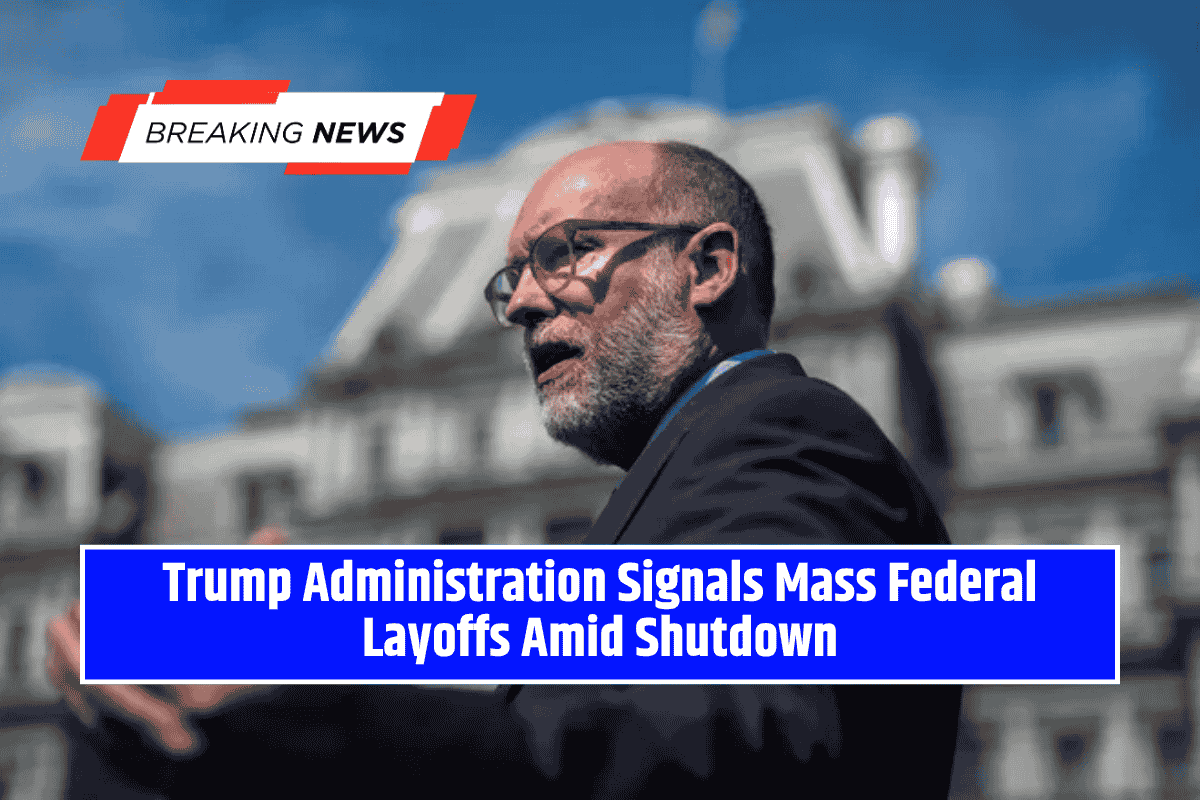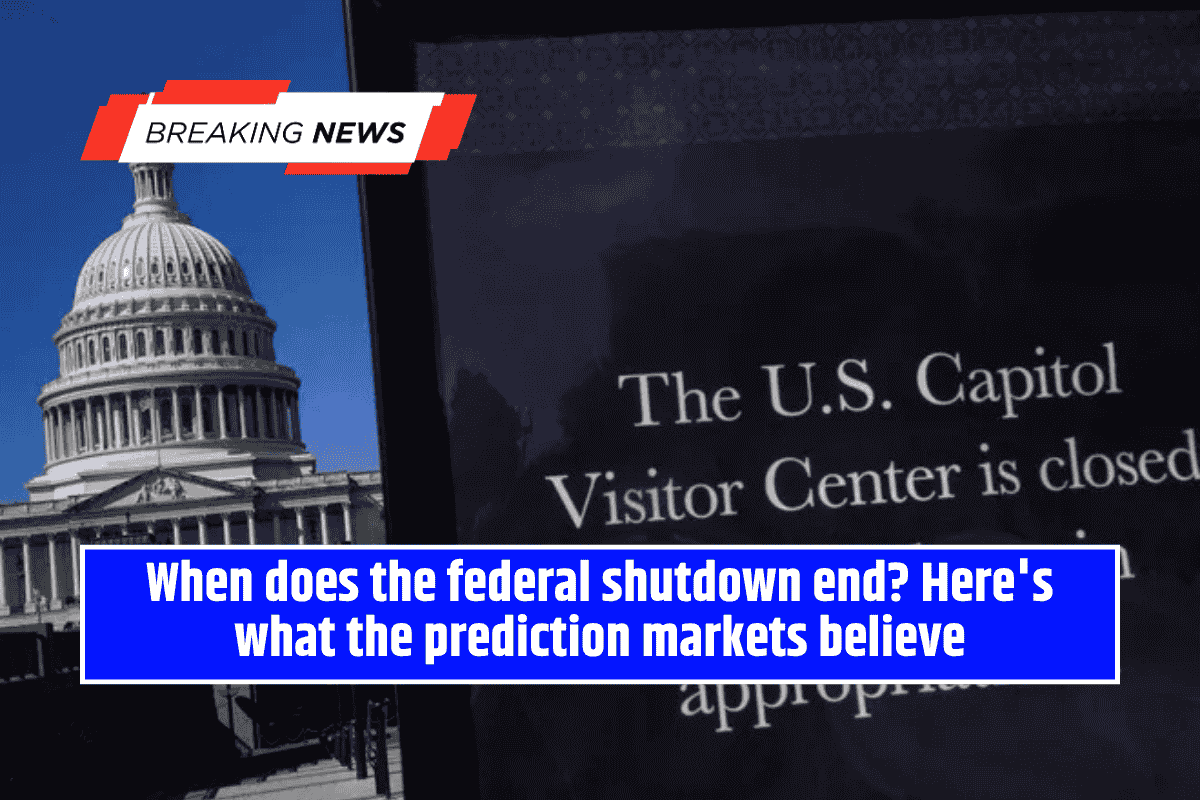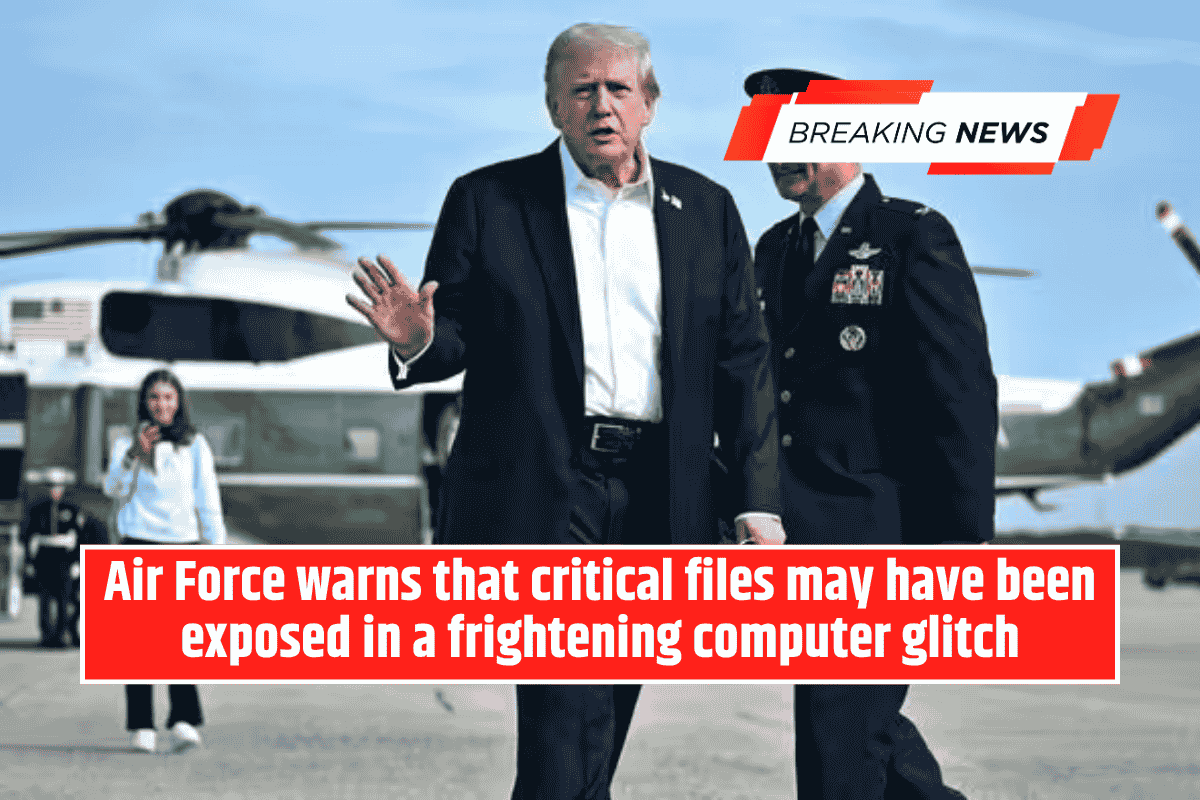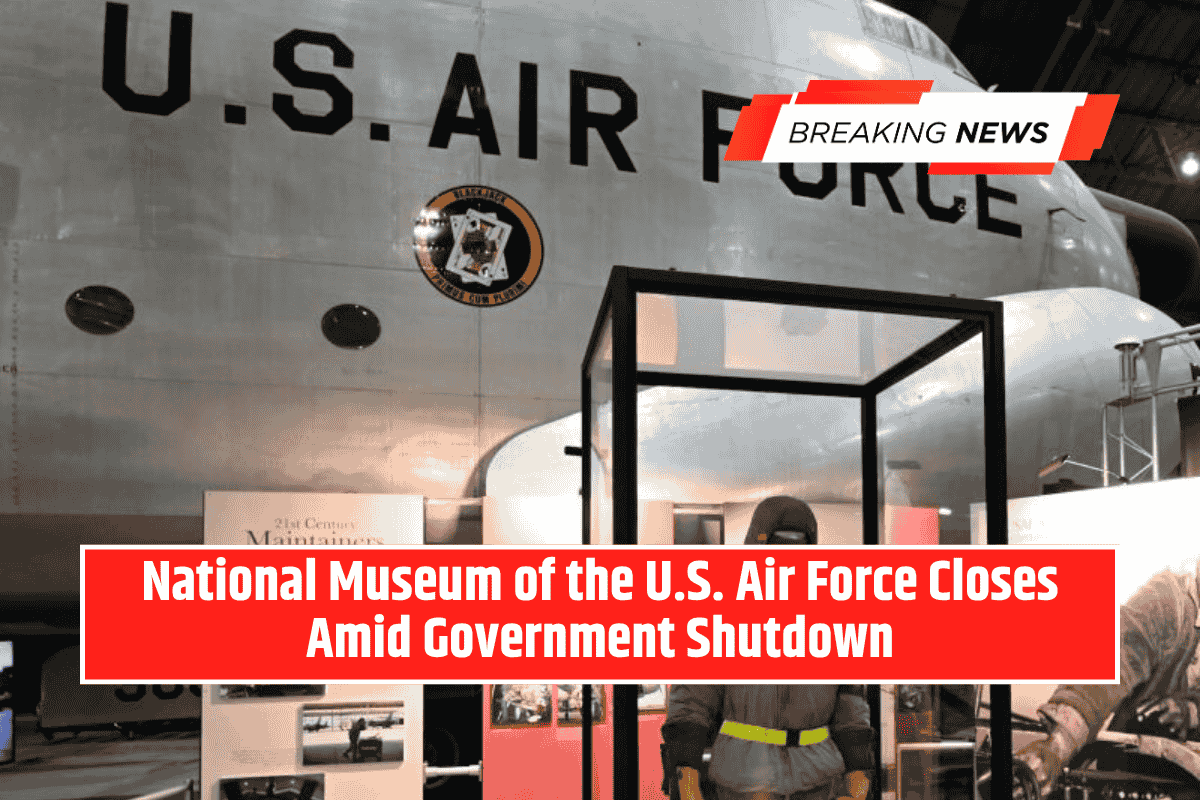With just hours remaining before a partial government shutdown, the Senate prepared to hold another round of votes on rival funding measures.
Neither proposal was expected to succeed, reflecting the deep partisan divide and signaling the likelihood of what would become the 22nd government shutdown in 50 years.
Failed Attempts and Party Divisions
Both parties had already seen their respective funding bills fail on September 19, with Democrats and Republicans largely voting along party lines. Since then, the standoff has hardened:
- Democrats are demanding health care provisions in exchange for their votes to surpass the Senate’s 60-vote threshold.
- Republicans want a clean funding extension to maintain current spending levels through November 21.
Notably, Sen. John Fetterman (D-PA) previously broke with his party to back the GOP plan, while Sen. Lisa Murkowski (R-AK) opposed it, showing that a handful of defections could shift the margins, though not enough to secure passage.
Trump’s Support for a Shutdown
President Donald Trump openly endorsed the prospect of a shutdown, framing it as an opportunity to cut federal programs.
“A lot of good can come from shutdowns,” Trump declared. “We can get rid of a lot of things that we didn’t want.”
The White House has warned that a shutdown could trigger both furloughs and permanent layoffs across the federal workforce, escalating the stakes for government employees.
Schumer and Democrats Dig In
Senate Minority Leader Chuck Schumer has taken a tougher stance than in earlier budget fights. Back in March, he aligned with Republicans to avert a shutdown, citing concerns about cuts from Elon Musk’s Department of Government Efficiency.
Now, Schumer insists Democrats are less intimidated by Trump’s warnings, pointing to the administration’s aggressive downsizing already in progress.
“The bottom line is he’s doing it anyway,” Schumer said. “They’ve already cut 300,000 people.”
Outlook
As the fiscal year’s deadline approached, Democrats appeared willing to gamble on public support for resisting the administration’s agenda, while Republicans hoped to pressure them into a short-term deal. The deadlock set the stage for another bitter fight with federal workers and everyday Americans bracing for the fallout.
